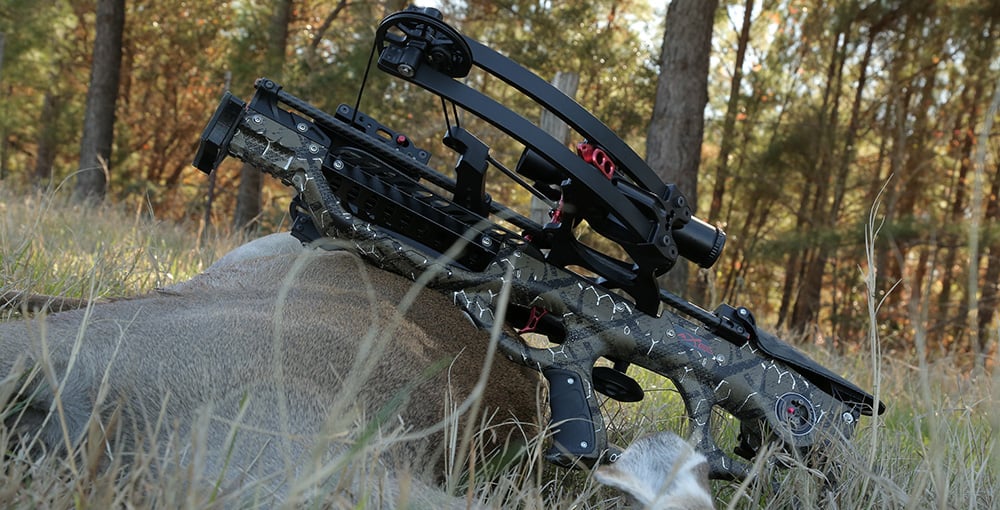Crossbows are gaining popularity among hunters as they become legal in more states and throughout longer seasons. When considering buying your first crossbow, it’s crucial to think about your hunting style and how you plan to use the bow.
After the initial weeks of the archery deer-hunting season, the Archery County shop in Waite Park, Minn., often sees broken crossbows awaiting repairs. Many hunters drop them off, disappointed, thinking their crossbows couldn’t withstand regular wear and tear.
Brandon Looman, a manager at Archery County, noted an increase in such incidents last October, attributing it to more people using crossbows for the first time following a new law allowing their use throughout the entire archery season in Minnesota.
Looman emphasized that approximately 90% of crossbow failures are due to user error, often unnoticed by users who believe their crossbows simply broke.
While factors like cost, feel, and fit are important in selecting a crossbow, it’s equally crucial to understand the power of these tools. Most manufacturers offer crossbows that shoot bolts at speeds exceeding 400 feet per second, with some capable of reaching up to 500 feet per second.
Dave Bakken, Vice President of Archery Sales at Velocity Outdoor, advised users to follow the owner’s manual instructions regarding string and cable replacement, emphasizing the importance of proper maintenance for longevity.
Replace Strings and Cables Regularly Looman highlighted the most common mistake crossbow hunters make is neglecting to replace strings and cables. Recommending replacement after two seasons, he warned that a snapped string could lead to broken limbs and cams.
Bakken echoed this advice, suggesting changing strings and cables every couple of years, emphasizing the maintenance factor, especially for higher-end crossbows.
Match Bolts to Your Bow The second most common error observed by Looman is hunters using incorrect bolts with an incompatible nock for their specific crossbow. Using the wrong arrow can lead to string malfunctions, causing the bow to fail.
Choosing the Right Crossbow for Your Hunting Style Selecting a crossbow that aligns with your hunting style is as important as considering its cost and feel. Factors like axle-to-axle width, length, and weight impact the balance and feel of the bow during aiming.
Bakken advised potential buyers to try different crossbows to find the one that suits them best, considering physical features and hunting preferences. Whether replicating the feel of a rifle or prioritizing mobility, there are various options to match individual needs.
Understanding What You Pay For Crossbow prices vary from $200 to nearly $5,000, with higher-priced models offering better features and accessories. Bakken stressed that investing in a higher-end crossbow pays off in terms of efficiency, accuracy, and additional features like advanced scopes and cocking devices.
Ultimately, knowing your hunting style and matching it with the right crossbow will ensure a satisfying and lasting experience with your purchase.

